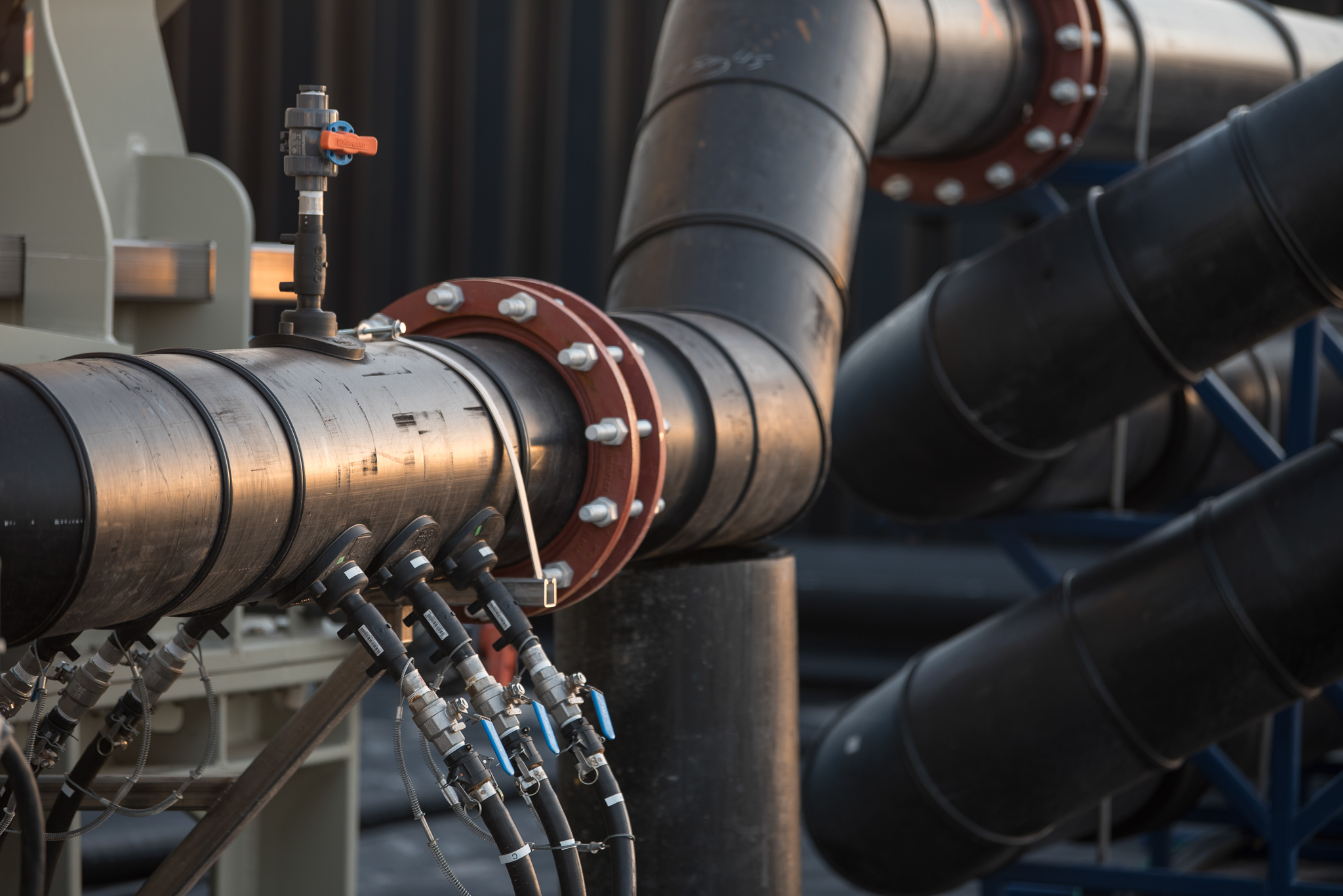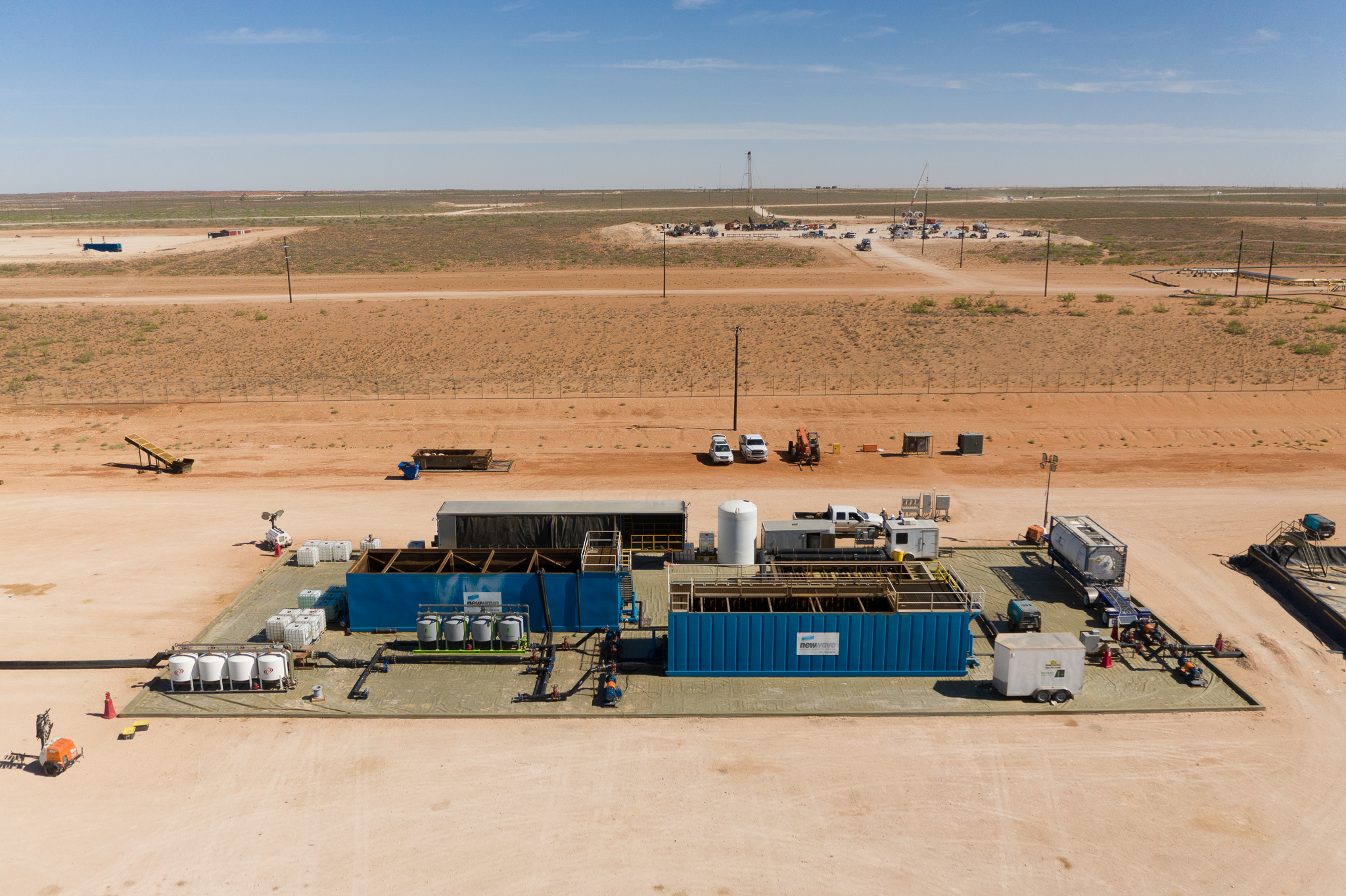Integrated Disposal Capacity
Disposal is a last resort
Home / Sustainable Solutions / Integrated Disposal Capacity
Our difference
With 350 miles of large diameter pipeline, XRI was a pioneer by developing a distribution network that can service multiple operators as it goes through the oil field. This allows us to feed customers both at the end and the middle of the pipeline.
What we envisioned has become a reality – changing how water is used and handled in the Permian Basin. Our distribution network can benefit multiple operators and handle any type of fluid because it the infrastructure was built with large diameter pipes to provide a two-way street versus small one-way roads.
This differentiation led to the Water Exchange Terminals™ (WET™) distribution hubs, which allow us to distribute any type of water through our pipeline and network, and service multiple operators.
By having built a bigger pipeline to begin with, XRI isn’t physically constrained by small diameter pipeline issues. As more recycled produced water is requested by operators, we can just add more length to our large diameter pipeline.

In short, we take operators’ produced water, recycle it, put it back into our pipeline, and distribute it along online upstream pipeline where needed. We can push that recycled water to the end of the pipeline, and vice versa. When a customer at the end of the pipeline is done fracking, and doesn’t need the water supply, we take their produced water, recycle it, put it back into our pipeline, and give it to any other customer in the middle of the pipeline. We consider saltwater disposal a last resort.
Eventually, the water may have to be disposed of but we work hard to recycle and reuse water through our system so that disposal is a last resort. We safely dispose of produced water when absolutely needed.
Currently, we have 10 disposal wells with multiple additional permits. We have 350 miles – and growing – of large diameter, permanent produced water midstream assets and infrastructure.
Our network was purposely built in this different way because it allows water to be disposed or reused and redistributed.
Our integrated infrastructure business owns and operates more than a dozen geographically dispersed recycling facilities with approximately 350 miles of permanent, large-diameter pipelines augmented by technologically advanced water treatment and recycling assets.
Bringing deep expertise and industry-leading water solutions, including large-scale water treatment, produced water reuse and recycling facilities, we have a 1.75 million barrel per day capacity, and regularly – effectively and safely – manage over 1,250,000 barrels of water per day.
